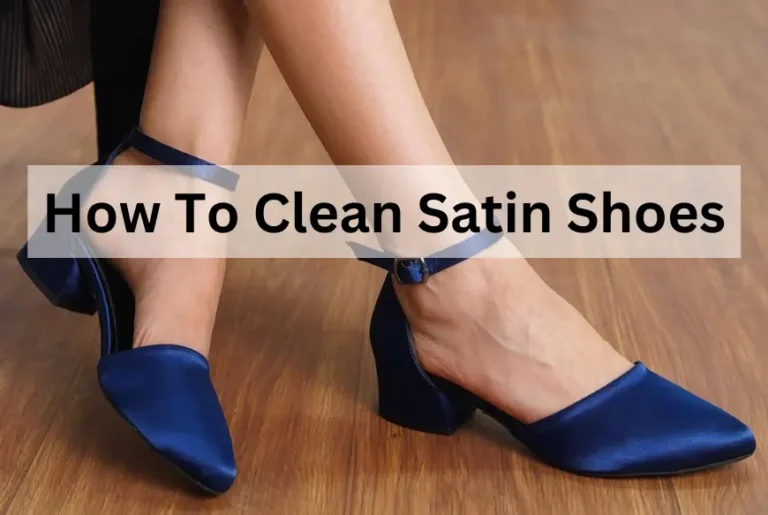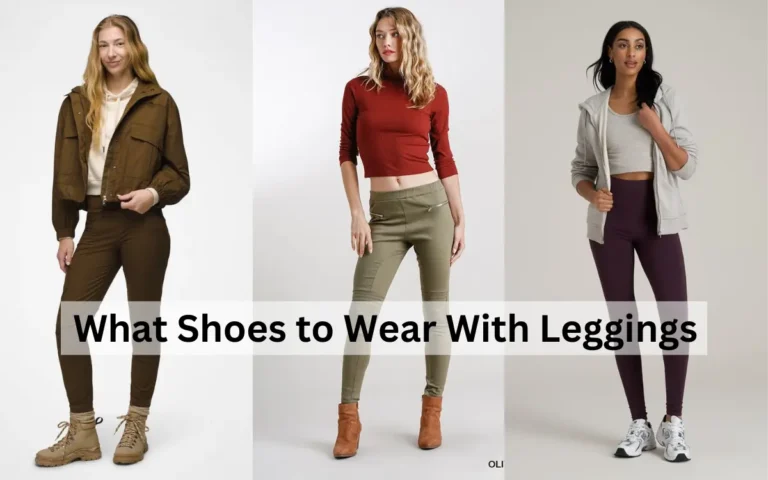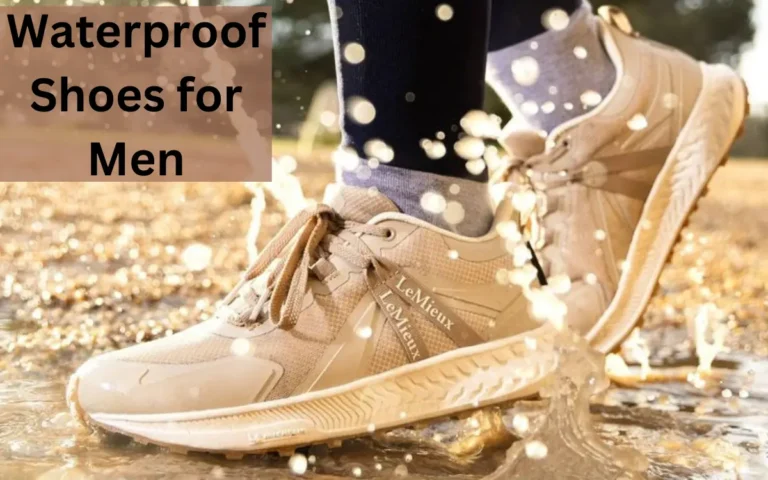How to Sew Pointe Shoes
The sewing of ribbons and elastics in ballet shoes is vital before dancing on pointe. Right fitting and sewing of pointe shoes are vital in minimizing pains while dancing and enhancing the dancer’s performance. For any performing dancer or even any new learner, it is important to know “how to sew pointe shoes” so that they offer you the support needed in dancing. These guidelines are intended to factor in a detailed program that offers you all the details, you may need when it comes to sewing ribbons and elastics in your pointe shoes.
Get Fitted for Pointe Shoes First
Before we attempt to sew ribbons and elastics to the shoe shanks, provide the proper fitting first! According to the nursing theory, pointe shoes must be fitted in the right way so that your feet do not develop some complications. Go to the professional fitter as he will know which brand will suit this particular foot, and will cater perfectly to this particular dance form.
The guideline of the professional, during the fitting process is going to involve the width, length, and shape of your feet as well as your strength and flexibility. They will escort you in choosing shoes that will afford you the best performance and safety.
How to Sew Ribbons on Pointe Shoes
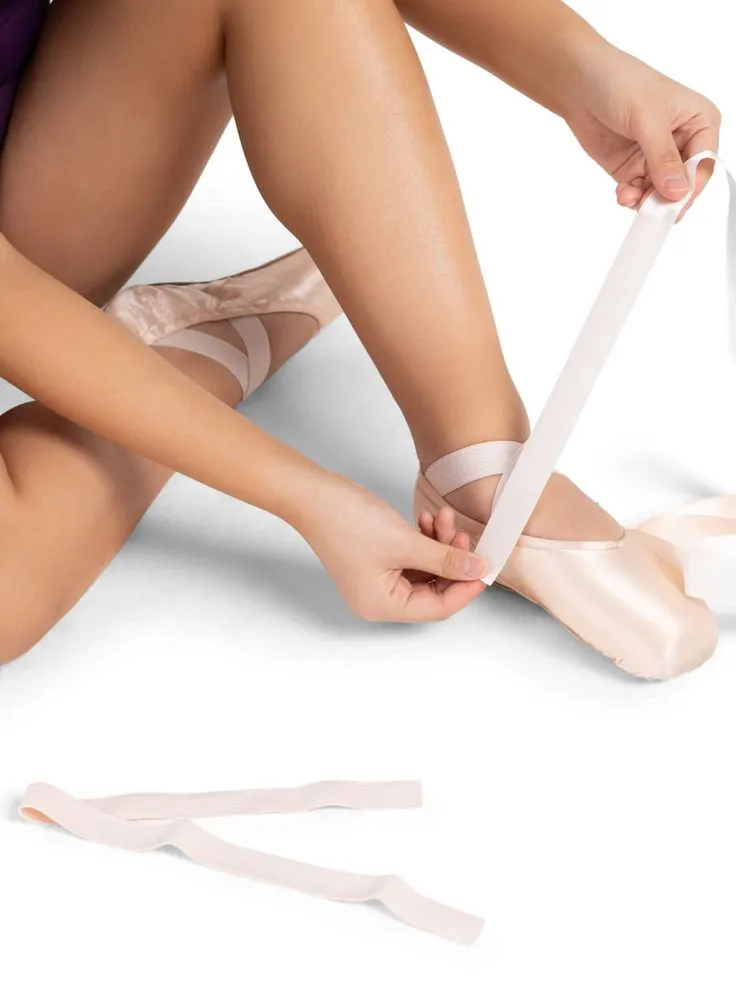
After you have got your perfectly fitting pointe shoes, the next thing you sew is the ribbons. Here’s a step-by-step guide:
Materials you’ll need:
- Pointe shoes
- Ribbons (approximately 22 inches long each)
- Needle
- Thread (preferably strong nylon or polyester thread)
- Scissors
- Lighter or matches (to seal ribbon ends)
Steps to Sew the Ribbons
Sew the Ribbons:
Begin by joining other ribbons in the marked position, going in anti-clockwise manner. Ensure the shiny side of the ribbon is on top or towards anyone who will be seeing it. Getting three needles as the top one for added strength where needed do a double or cross stitch. When fastening the ribbons one should sew in a square or “X” form to increase the sturdiness of the ribbons.
Test the Fit:
After the shoes have been sewn on, put them on and fasten the ribbons at the ankle. Ensure that they give a helping hand but without scratching your skin. Adjust if necessary!
How to Sew Elastics on Pointe Shoes
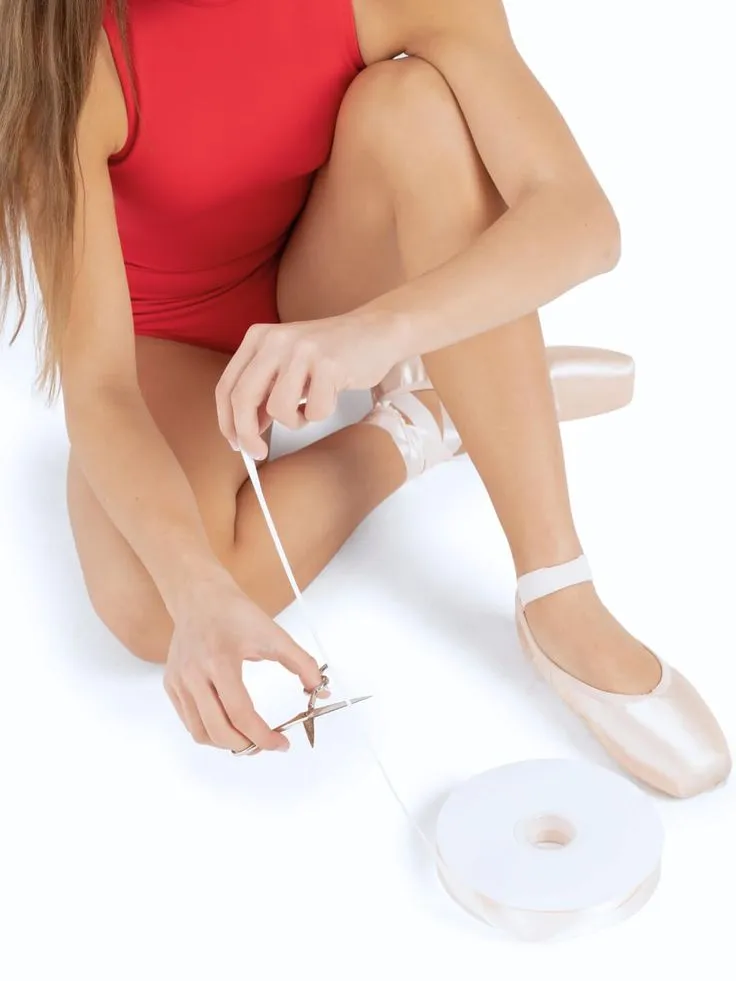
Elastics help keep the shoe securely on your foot and provide additional support. Here’s how to sew them on:
Materials you’ll need:
- Elastics (about 8-10 inches long each)
- Needle
- Thread
- Scissors
Steps to Sew the Elastics:
Sew the Elastics:
As was done on the ribbons, use a square or an “X” shape to make the hemming of the elastic very secure. Make sure you do this part properly so that it does not come undone when dancing.
Test the Fit:
Wear the shoes, put on the elastics as they prepare to compete, and shift in the correct line when necessary. The elastic should be tight around the upper part of the muscle yet not too tight that it constricts the free flow of blood into the muscle.
FAQs
Can Beginners Wear Pointe Shoes?

It is crucial not to put on pointe shoes if the new dancer has not already built strength in his or her feet and ankles. Pointe work can be dangerous, and any dancer who wants to try it should have appropriate training for at least several years.
It is a practice that most dancers begin between the ages of 11 and 14 years, after spending a certain number of years practicing ballet dancing. It is always recommended that before you do any sort of pointe-work, please consult with your dance teacher or any other professional.
Can You Use a Normal Thread for Pointe Shoes?
Even though you can use normal thread in order to sew ribbons and elastics to the pointe shoes, this is not the best solution. It may also turn out that the regular thread is not very sturdy enough to withstand the strains that come as a result of dancing in pointe.
In its stead, it can be better to use nylon or polyester since it would be stronger and would not easily break or fray. But if you are in a hurry and the only thing that you have at your disposal is a regular thread, then it is advised that you double it to give it that extra strength.
Should I Sew My Pointe Shoes with Floss?
There are some dancers who may like to use dental floss in sewing their pointe shoes rather than using the normal thread. Dental floss is more stable and unadaptable than conventional flosses; it does not easily snap or shred. If you must use floss, use the un-waxed type so that it does not slip.
Even though floss works, it has to be the same color as your shoes or not seen once sewn. Some of the dancers said that with floss they feel strong throughout rehearsals that may last for a few hours and also performances.
What Stitch to Use for Pointe Shoes?
It is relevant that when items like raps, bands, strings, and even elastics are being sewn on pointe shoes, then the right stitch has to be done. When piecing it is advisable to use whipstitch or backstitch which is considered strong enough for the job. These stitches provide the necessary amount of holding power to keep the ribbons and elastics – in place – but they do not pop during a performance.
Now there is another kind of whip stitch in which the needle is simply passed through one side of the fabric and then through the other side of it in a rather tight manner. This is like a back stitch only that one has to thread and then stitch before having to go to the beginning of the earlier stitch.
What Kind of Needle Should Be Used to Sew Pointe Shoes?
While sewing pointe shoes there is a need for a stronger needle. A darning needle or a strong sewing needle is ideal for this job in getting rid of excess flaps of skin. These needles are so hard that they can penetrate through a pointe shoe’s material without bending or even snapping.
Ensure that the needle used is sharp and thick to handle all the layers of fabric and the elastic used in sewing. A long needle can also be advantageous in sewing as you can quit sewing for a while and then carry on from where you left off without removing the needle.
Why Do Ballerinas Destroy Their Pointe Shoes?
Dancers tend to ‘break in’ or damage their pointe shoes before using them in a performance. This takes the form of a process of softening some parts of the shoe so that they can easily embrace the foot comfortably. Some of the ways that practitioners employ is by bending the shank in order to alter the angle of the blade or flattening the box usually found on the toe area by stepping on it or even hammering it lightly.


